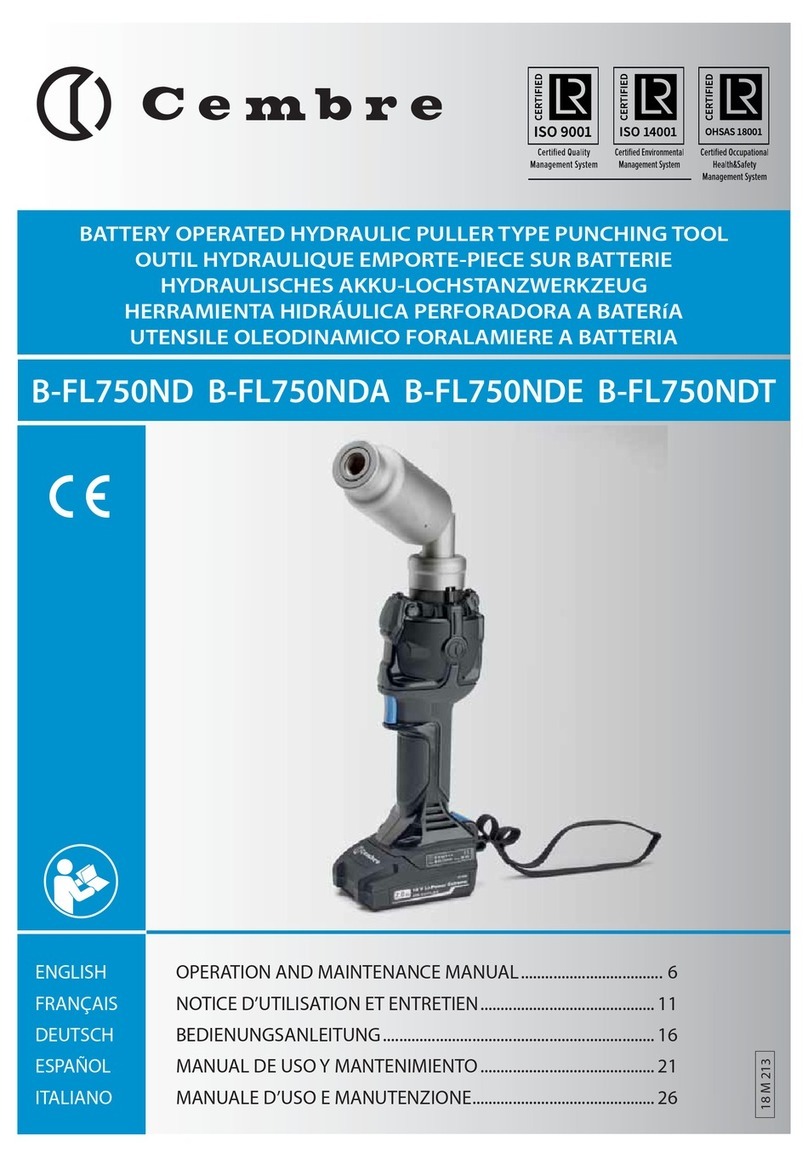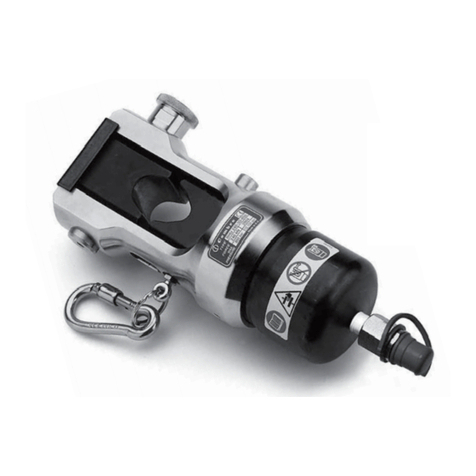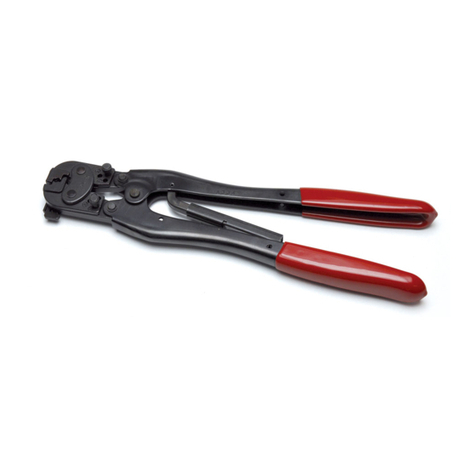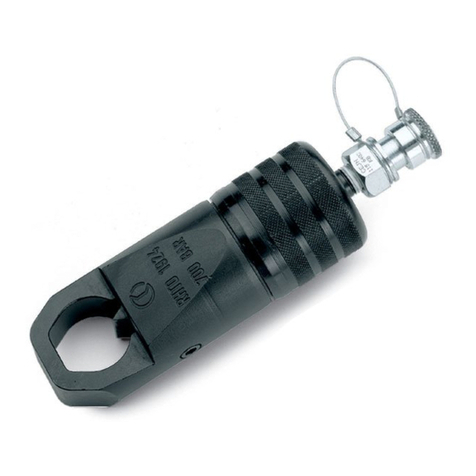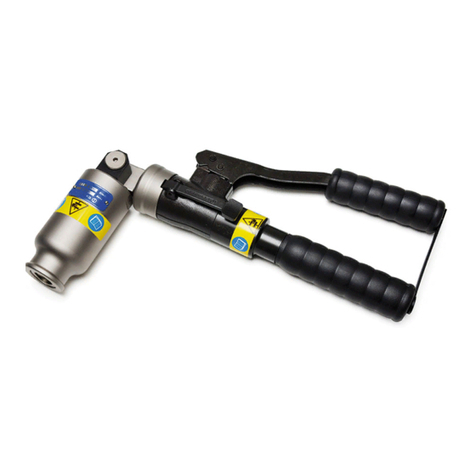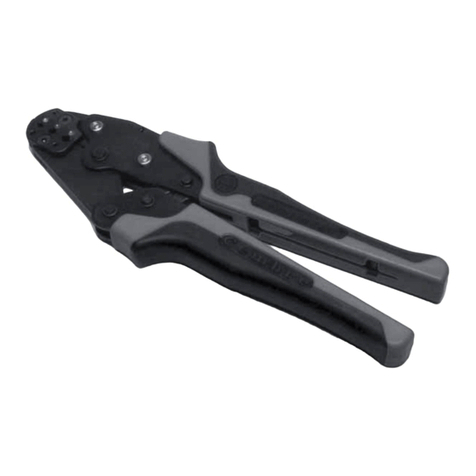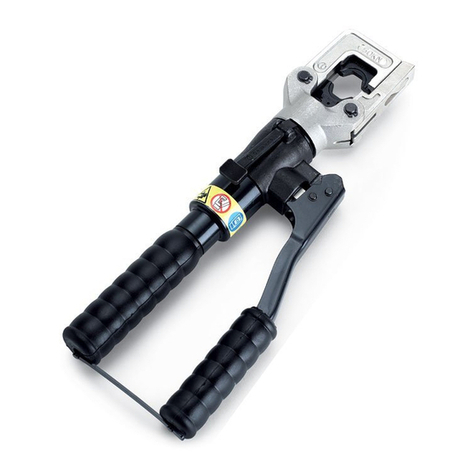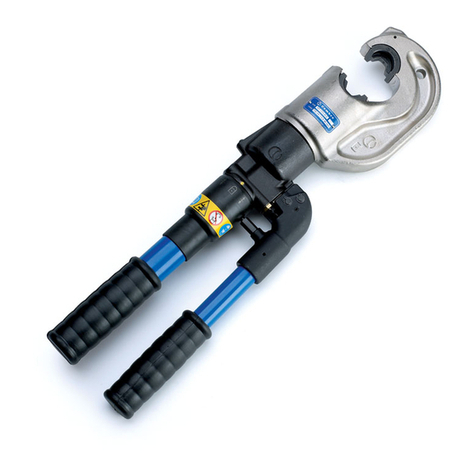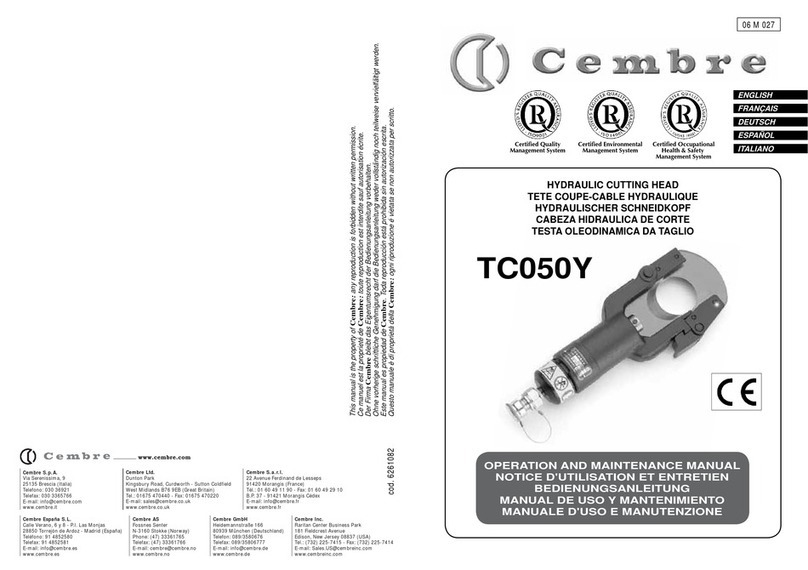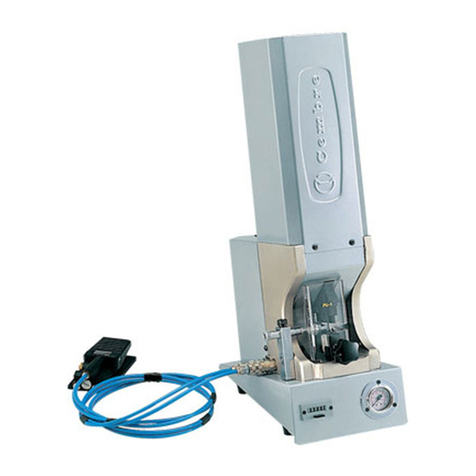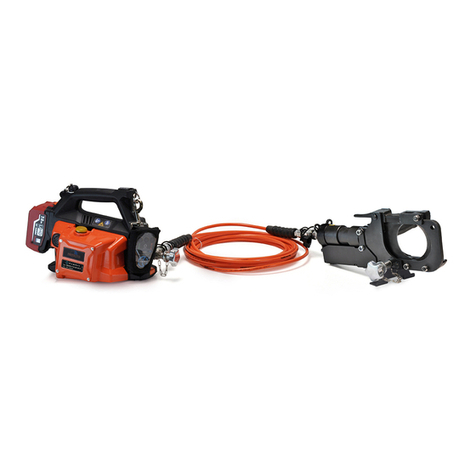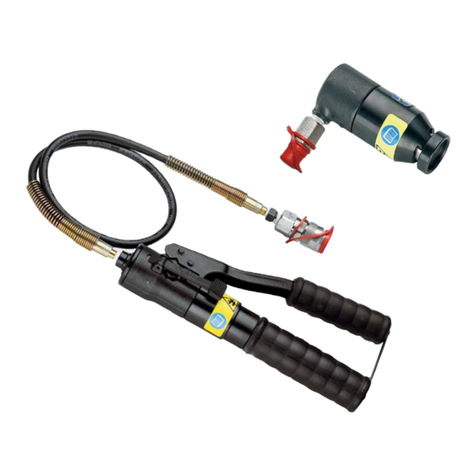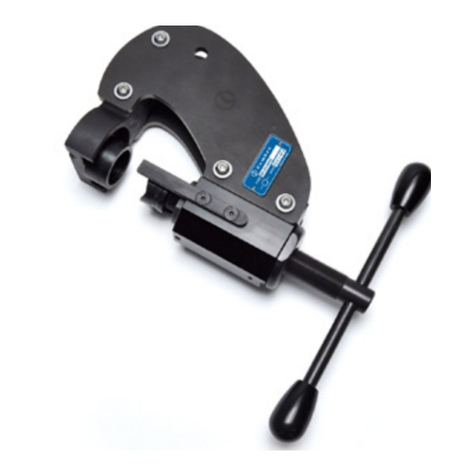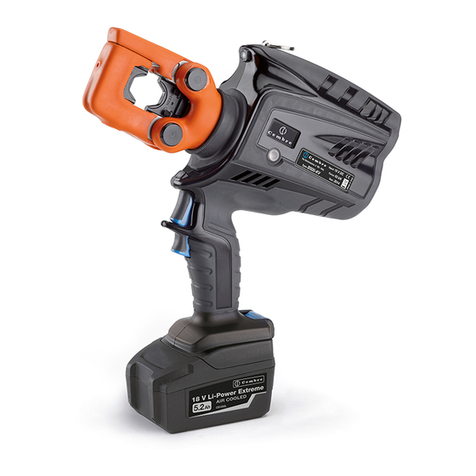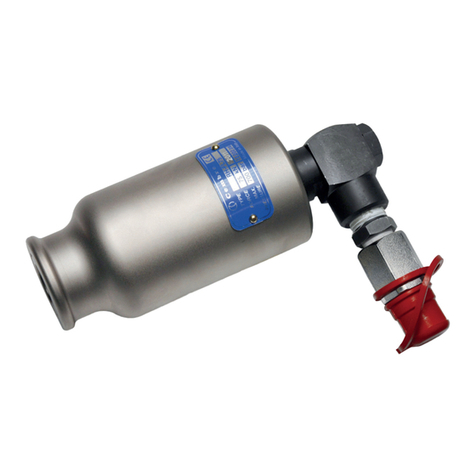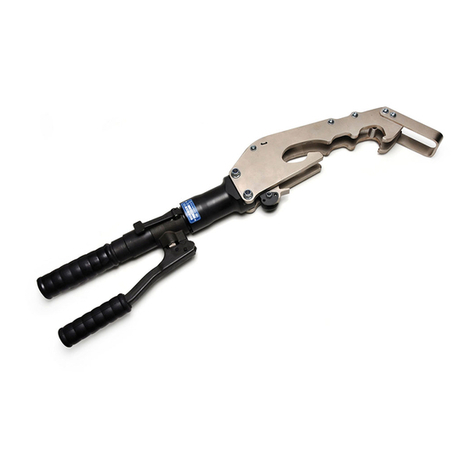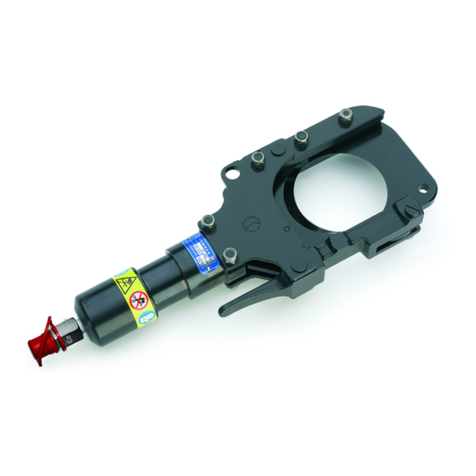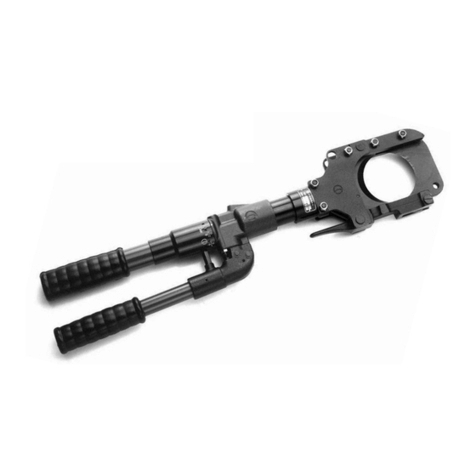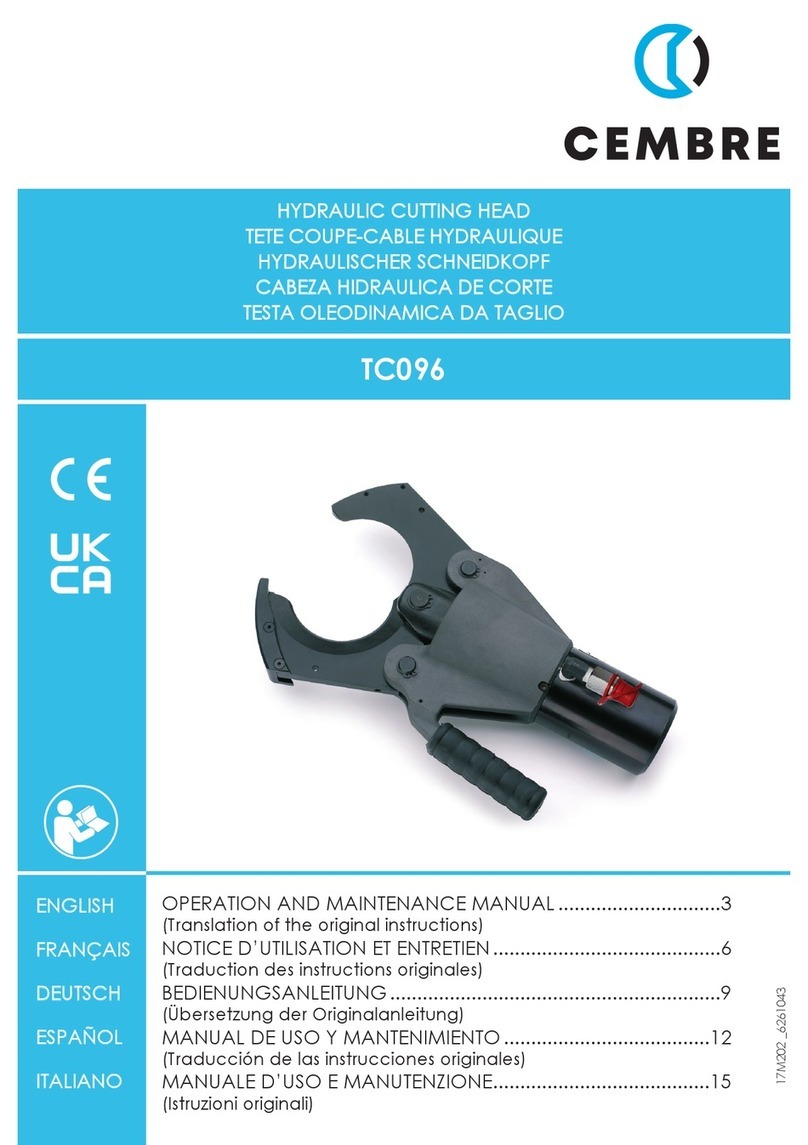
2
INDEX
1. Use in compliance with the regulations .............................................................................................. 2
2. Description of device .................................................................................................................................. 2
3. Technical date ................................................................................................................................................ 8
4. Storage and transportation ...................................................................................................................... 9
5. Preliminary phases ....................................................................................................................................... 9
6. Cutting procedure ....................................................................................................................................... 9
7. In case of breakdown ................................................................................................................................ 11
8. Care and maintenance ............................................................................................................................. 13
9. Return to
Cembre
for overhaul ........................................................................................................14
INDEX
1. Emploi conforme aux normes ............................................................................................................... 15
2. Description du dispositif ......................................................................................................................... 15
3. Données techniques ................................................................................................................................. 21
4. Transport ....................................................................................................................................................... 22
5. Phases préliminaires ................................................................................................................................. 22
6. Procédure de coupe .................................................................................................................................. 22
7. Comportement en cas d'anomalie ...................................................................................................... 24
8. Conservation et entretien ....................................................................................................................... 26
9. Envoi en revision à
Cembre
............................................................................................................. 27
INDEX
1. Gebruik volgens de normen .................................................................................................................. 28
2. Beschrijving van de veiligheidsknipset .............................................................................................. 28
3. Technische gegevens ................................................................................................................................ 34
4. Transport ....................................................................................................................................................... 35
5. Inleidende fasen ......................................................................................................................................... 35
6. De knip procedure ..................................................................................................................................... 35
7. Gedrag in geval van onregelmatigheden ......................................................................................... 37
8. Verzorging en onderhoud ...................................................................................................................... 39
9. Teruggave aan
Cembre
voor revisie ............................................................................................. 40
INDICE
1. Utilización conforme con las normas .................................................................................................. 41
2. Descripción del dispositivo .................................................................................................................... 41
3. Datos técnicos ............................................................................................................................................. 47
4. Transporte ..................................................................................................................................................... 48
5. Fases preliminares ...................................................................................................................................... 48
6. Procedimiento de corte ........................................................................................................................... 48
7. Comportamiento en caso de anomalías ............................................................................................ 50
8. Cuidado y mantenimiento ...................................................................................................................... 52
9. Devolución a
Cembre
para revisiones ......................................................................................... 53
INDICE
1. Utilizzo conforme alle norme ................................................................................................................. 54
2. Descrizione del dispositivo ..................................................................................................................... 54
3. Dati tecnici .................................................................................................................................................... 60
4. Trasporto ....................................................................................................................................................... 61
5. Fasi preliminari ............................................................................................................................................ 61
6. Procedura di taglio .................................................................................................................................... 61
7. Comportamento in caso di anomalie ................................................................................................. 63
8. Cura e manutenzione ............................................................................................................................... 65
9. Resa alla
Cembre
per revisione ...................................................................................................... 66
ENGLISH
FRANÇAIS
NEDERLANDS
ESPAÑOL
ITALIANO
Pag. / Blad
